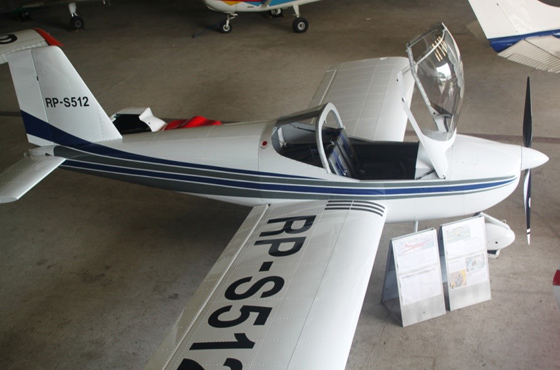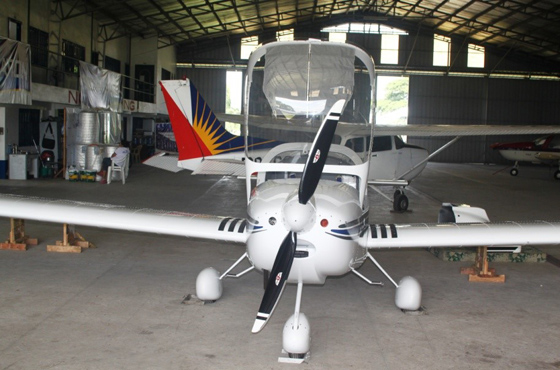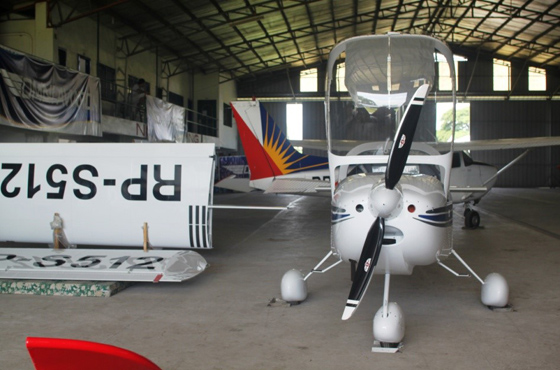The Age of Flight was ushered into the Philippines over a century ago, when the first airplane in Manila, a biplane, took to the skies on February 11, 1911 with American James C. Mars as its pilot.
At the time, the future bode well for this new and revolutionary mode of transport in the country, and in fact Philippine Airlines holds the honor of being the first-ever commercial aviation fleet in Asia. But for a number of reasons, the sector never really took off as expected.
Until recently, the Philippines aerospace industry was largely limited to maintenance, repair and overhaul operations (MRO in industry jargon), or the broad spectrum of assembly and maintenance services of aircraft manufactured in other countries, primarily the United States.
Under the administration of President Benigno S. Aquino III, the government, through the DOST’s Philippine Council for Industry, Energy, and Emerging Technologies Research and Development (PCIEERD), is seeking to conquer new fields in the aerospace industry to include aviation and aerospace manufacturing. The timing couldn’t be better.
A recent industry study conducted by experts from the DOST’s Metals Industry Research and Development Center (MIRDC), the global aerospace market is expecting to see major growth in the coming years.
For commercial aircraft, passenger airlines as well as air freight and delivery companies are looking to replace their old planes as demand for their services continues to grow annually. According to the same study, mid- to old-generation aircraft will represent only five percent of the total commercial fleet still in service by 2020.
Meanwhile, demand for highly-skilled, trained personnel for activities involving aircraft operations (for both civilian and military), airports, and air navigation services are expected to rise in parallel with the country’s overall economic resurgence.
On the horizon, however, major changes lie in wait with the emergence of the ASEAN Economic Community on New Year’s Day 2015. To be able to keep in step with our prosperous Southeast Asian neighbors, the partnerships among our government, industry, and academic institutions must be able to generate new value streams arising from the development and sharing of intellectual resources.
Such developments fall hand in glove with PCIEERD’s overall thrusts toward industry development by directing research and development along vital, strategic areas including aerospace and remote sensing technologies.
The country is poised to revive its aviation manufacturing sector with the RV-12, a locally-assembled two-seater light sport airplane that is easily transported and stored in much smaller hangar spaces because of its detachable wings.

The RP-S512, a locally-assembled light sport airplane with removable wings

Front view of the RP-S512 with wings intact
According to Mr. Arturo “Art” Rivera IV of Omni Aviation, Inc., the company that makes the RV-12, the aircraft’s wing locking system is based on a similar system proven safe and effective for use in sailplanes. He demonstrated that by pulling a pair of pins located at the back of the seats, the wings can be removed quickly by a minimum of two persons.
The system is designed so that the plane’s control and wiring connections are fully automatic. Most important, its ignition interlock will prevent the engine from running if the wings are not properly installed, a key safety feature that also demonstrates the ease by which the RV-12’s wings lock and unlock from the main body.

Front view of the RP-S512 without wings
In addition to its unique features, the RP-S512 is powered by a 100-horsepower engine that runs on basic unleaded gasoline. This makes fuel costs more economical over similar aircraft in its class that uses higher-octane aircraft gasoline, considerably more expensive and less readily available.
PCIEERD actively promotes this kind of high-value adding industrial activities that promote local capability to bring the country’s aerospace and aviation industry to the next levels.
“Our overarching aim is to chart and bring about an environment that rewards risk-taking for Filipino entrepreneurs to invest in technology companies,” said Dr. Rowena Cristina L. Guevara, PCIEERD Executive Director. She added that the Council has targeted competitive industry and manufacturing as among its thrusts until 2016.
“Here’s hoping that if our plans don’t miscarry, we can look forward to a bright future for the aerospace sector. The sky’s the limit.”




